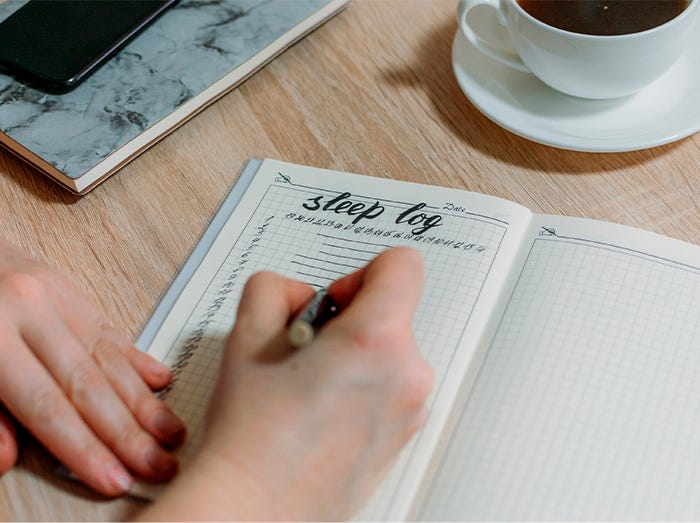Step-by-step instructions to get started on your Bullet Journal

A bullet journal is a kind of diary for organizing your ideas, tasks, goals, and events. It's like your secret diary from when you were little, but now with a lot more work in it!
To start a bullet journal, all you need is a notebook and a pen. And, yes... a lot of commitment. The main goal of using this technique is to organize your days, months, and even your entire year. Always include your most personal and intimate thoughts, as well as your day-to-day feelings and perceptions.
This organizational system was created by Ryder Carrol when he found the need to increase his attention span and efficiency.
If you need to get your life in order and want to start doing it with this technique, follow these steps to create your own bullet journal.

1. Pick the perfect notebook to get started.
The first step is choosing the perfect notebook for this method. Look at the characteristics of each notebook and choose the one that you think will be most comfortable for you.
We recommend that the notebook have pages of medium hardness and a color between white and cream to better highlight your own colors. In addition, pick a medium size like A6 or A5 so that you can always carry it with you in any bag.
In addition to the notebook, you will need to find the perfect pen. A basic pen with blue or black ink to start writing down your notes and your thoughts.
Once you have your notebook and pen ready, it's time to get to work!

2. Start with an index and a monthly view page.
While the content and order will depend on your own taste, here are some basic recommendations.
The first thing in every journal should be an index. Why? Because this will help you organize the sections of your bullet journal and make it easier for you to find certain contents. This way, it will be much more convenient to find what you are looking for.
The start of each month includes a monthly calendar where you can add your events and dates to see what you have to do and what events to attend at a glance. This way, you won't forget anything.
Each of the pages or sections of the bullet journal must be identified in the index with a number.
3. Create your own personal system of symbols.
You can use your own system to identify tasks, appointments, or notes. Identify each type of content with its own symbol or even a color to identify each kind quickly and easily.
This will also help you to set priorities in your journal. The higher-priority tasks that need to be done can be marked in red. So can delivery deadlines or personal notes you always want to remember.
It's important to include your own symbology in the index and properly indicate what you are going to use each symbol for. This way, you will have a unified, consistent journal.

4. Elements to include that will help you out.
Some ideas to include in your bullet journal are:
-
A list of goals, both monthly and annual. At the beginning of each month, dedicate a page to writing down all the goals, both personal and professional, that you want to fulfill during this time.
-
Lists of books and movies. Every time you want to read a book or watch a movie, you can check out your personal list and see what's already on your list or ones you wanted to remember at some point. You can also include your personal rating of each one with a rating from 1 to 10 or from 1 to 5.
-
Life challenges. Writing down personal challenges, such as starting to jog or signing up for classes on some instrument you've always wanted to learn, will really help motivate you to just do it. If you set these challenges with deadlines to achieve them every month or so, you will build the motivation to start. Always leave some wiggle room.
If you want to have everything all in one place, get a journal with pages of examples, tips, and ideas for action plans, schedules, and how to organize your week.
Follow these steps to create your own bullet journal and organize your life in the most optimal way possible. It's a perfect idea for keeping track of your challenges and habits, planning your daily life, and improving your personal and professional organization to help your mind.



